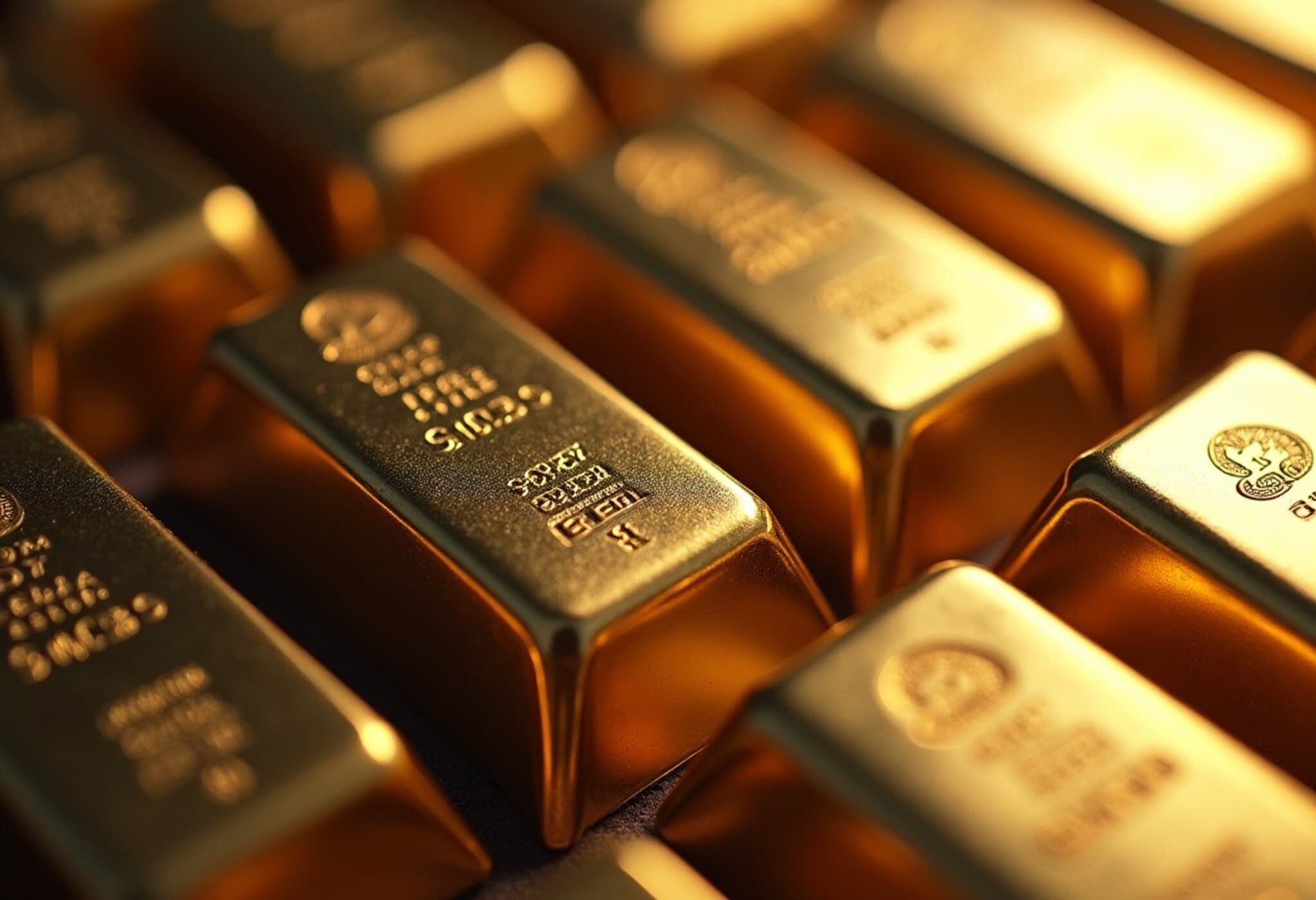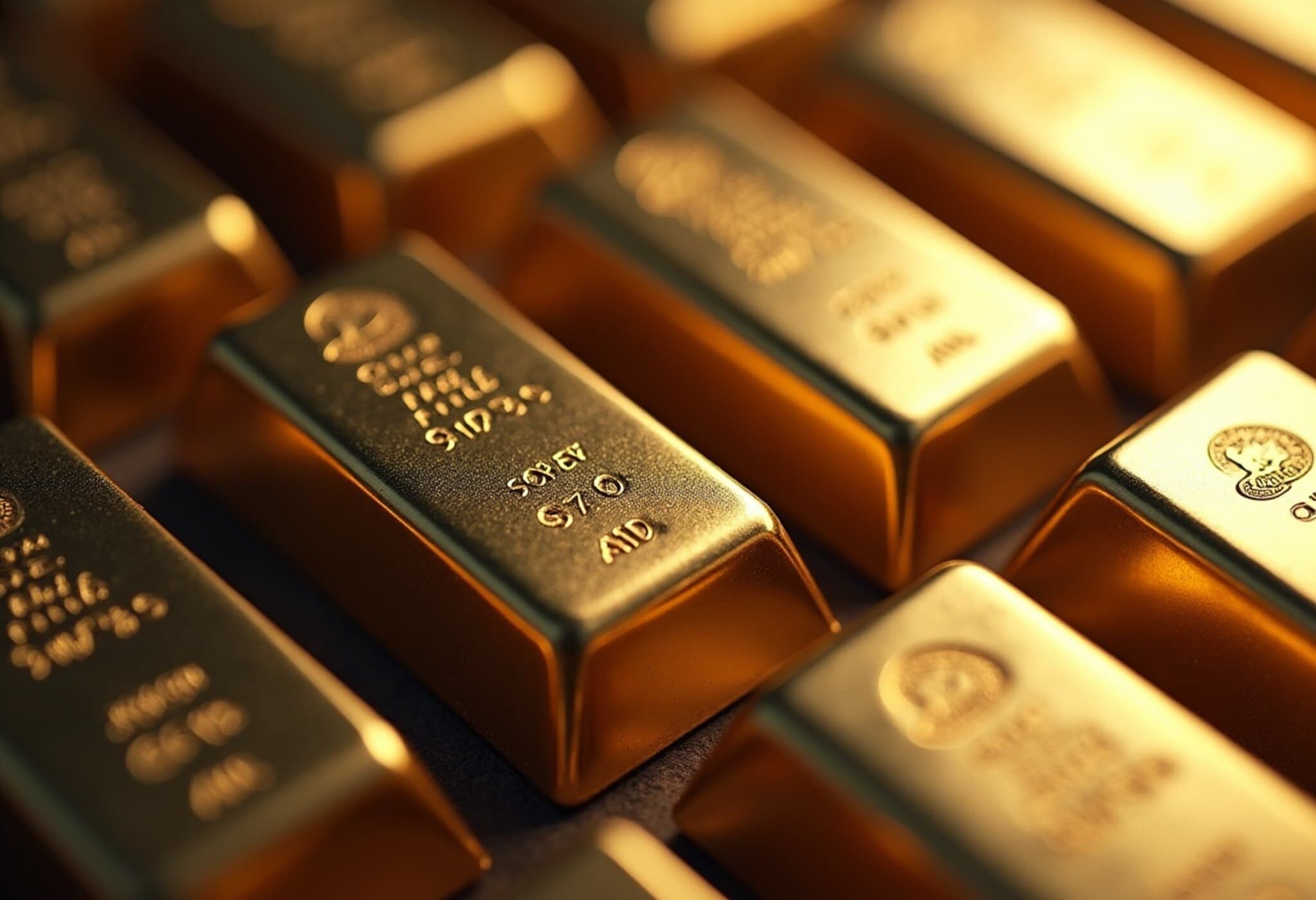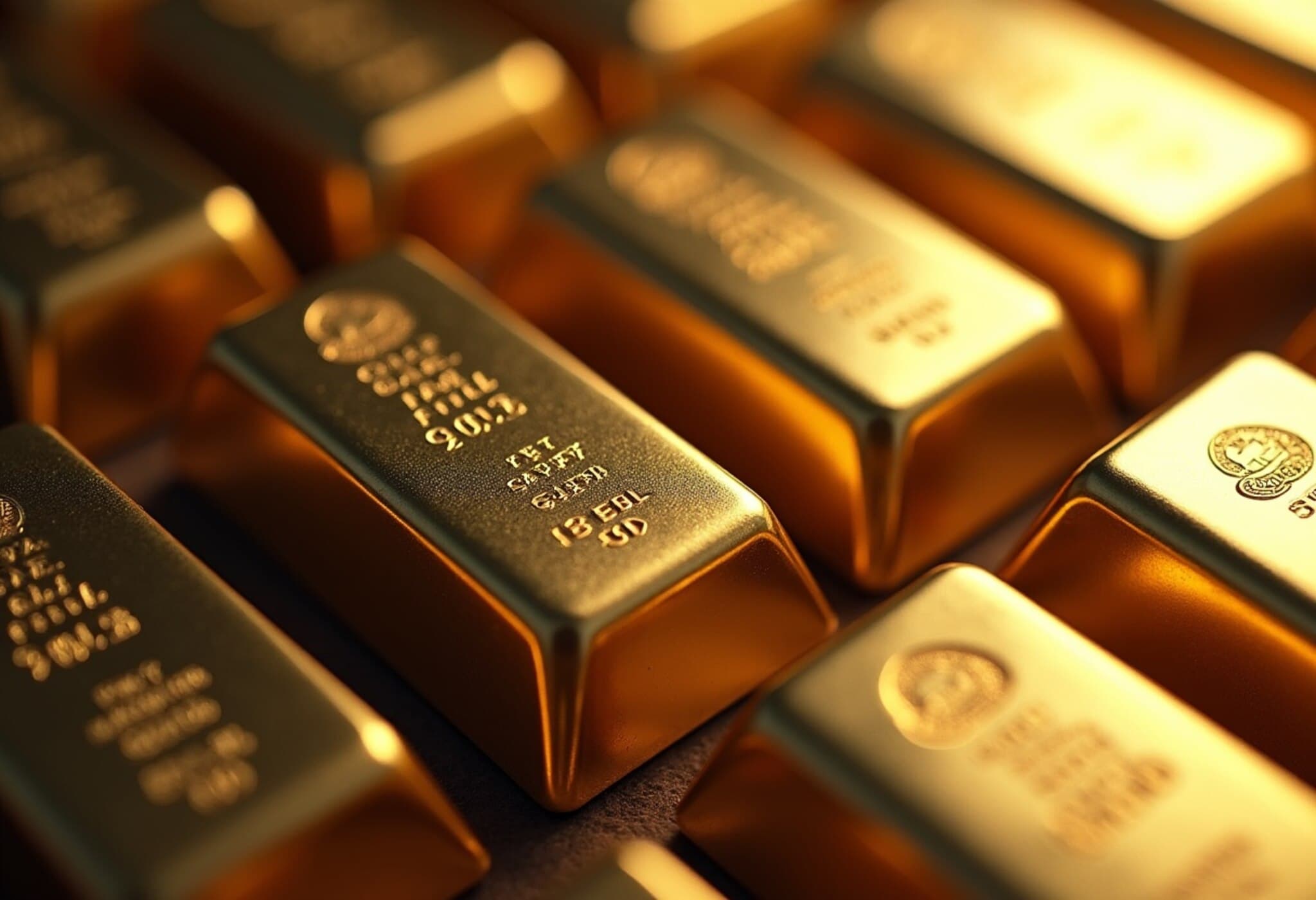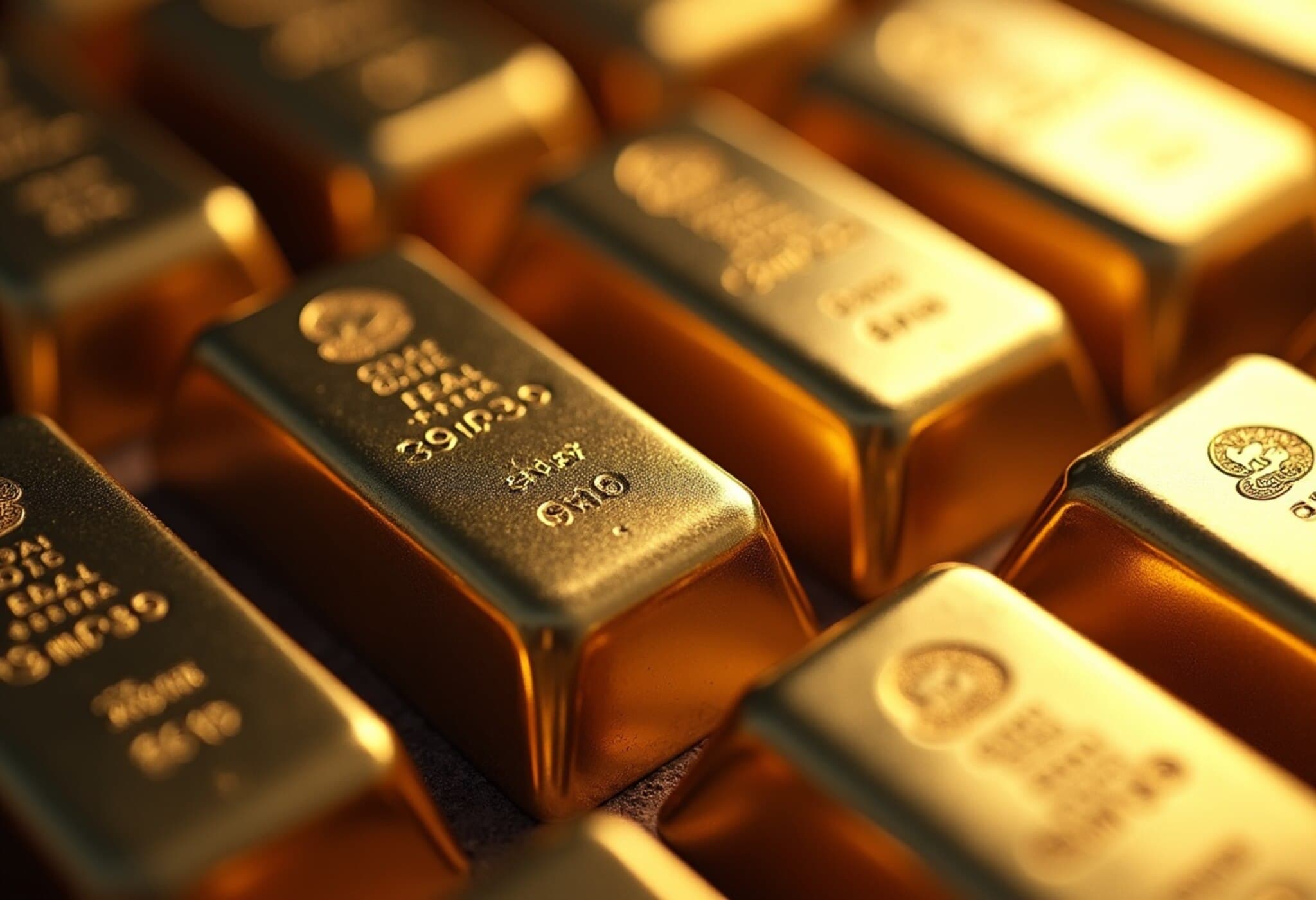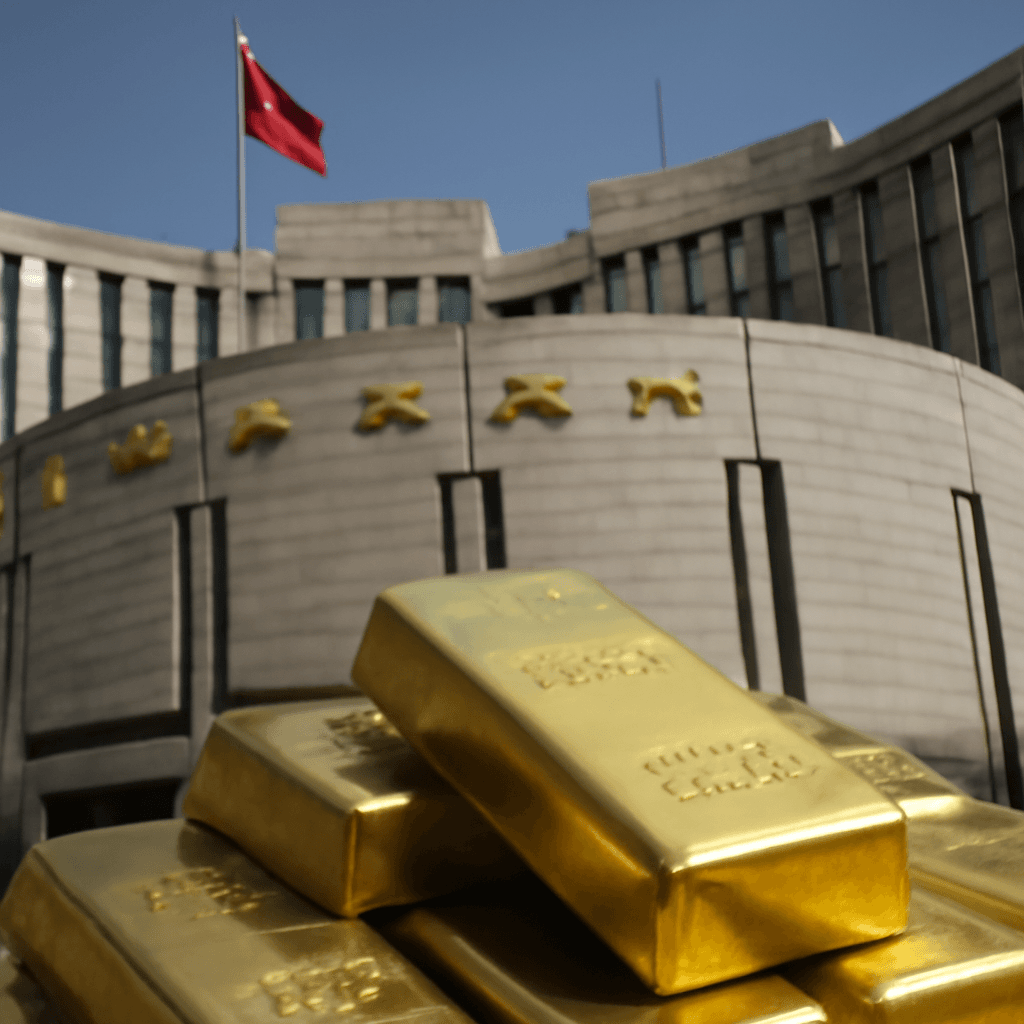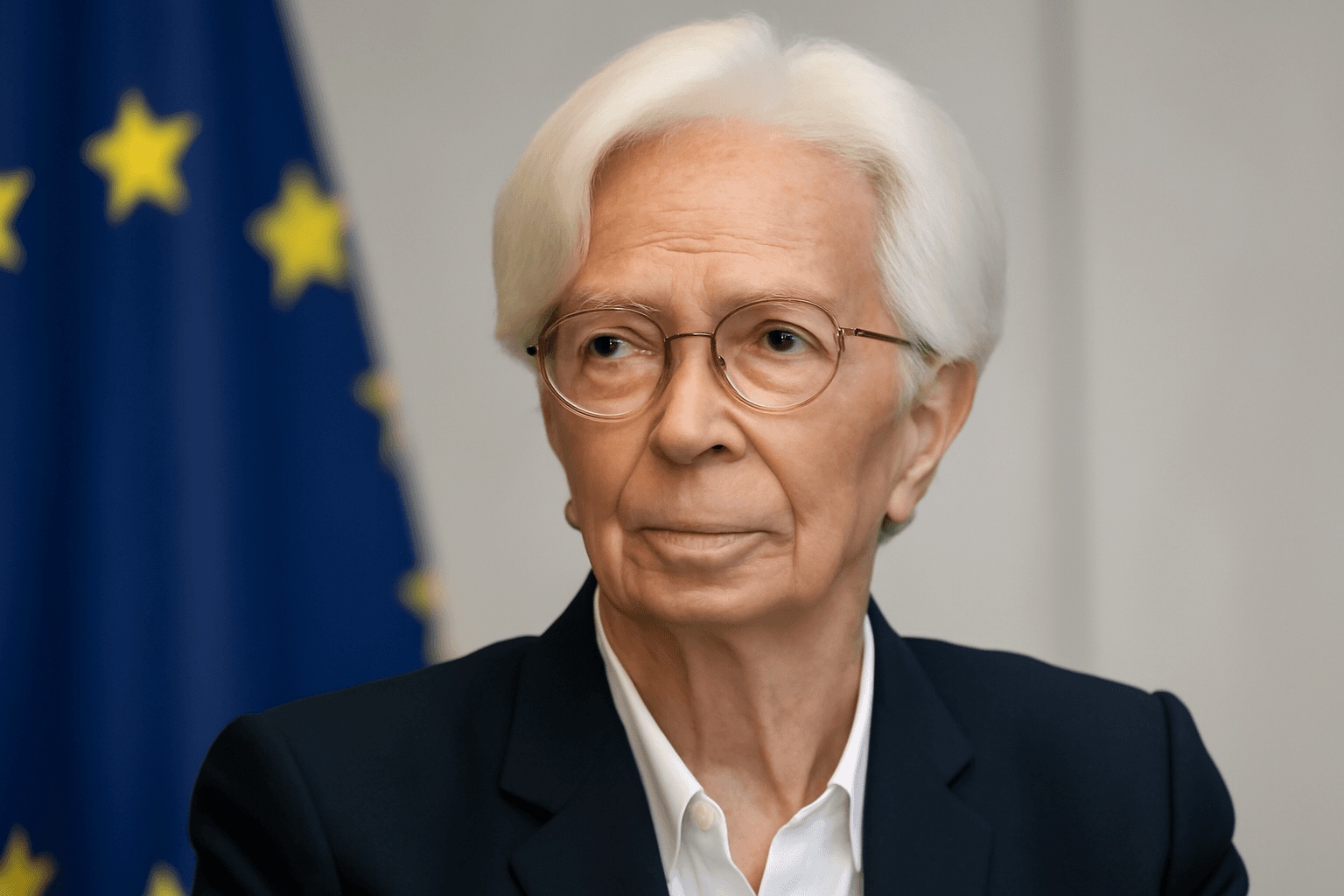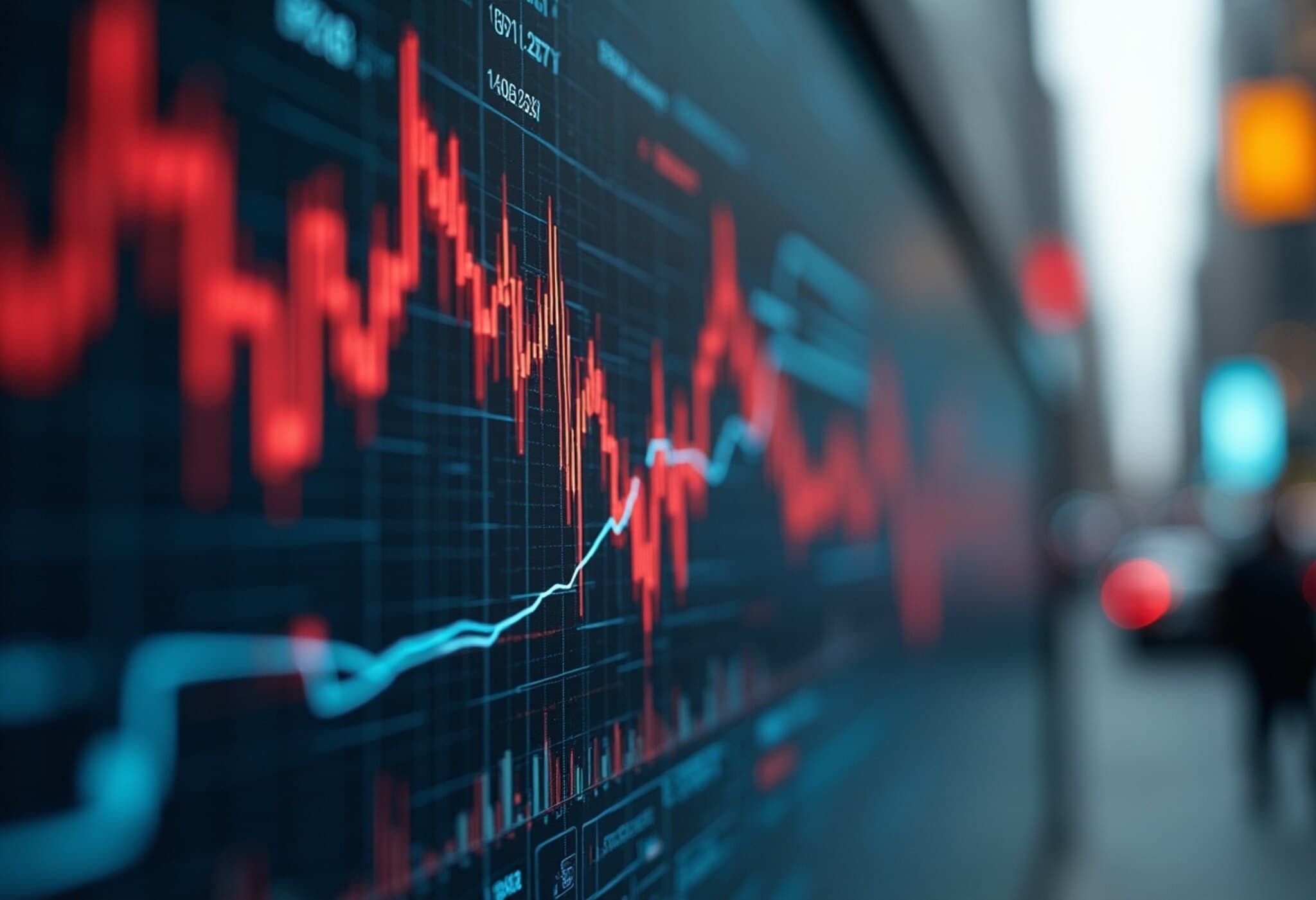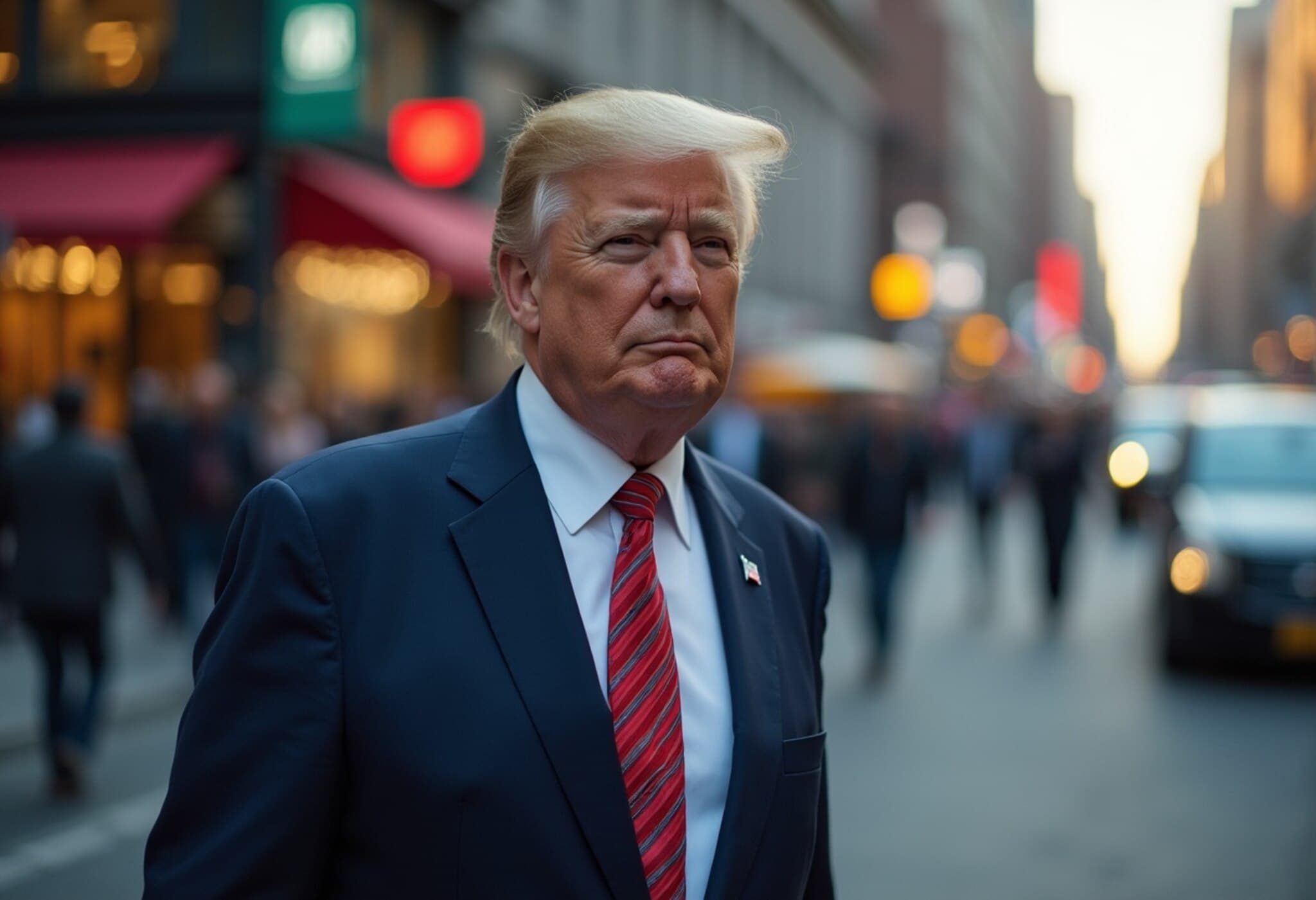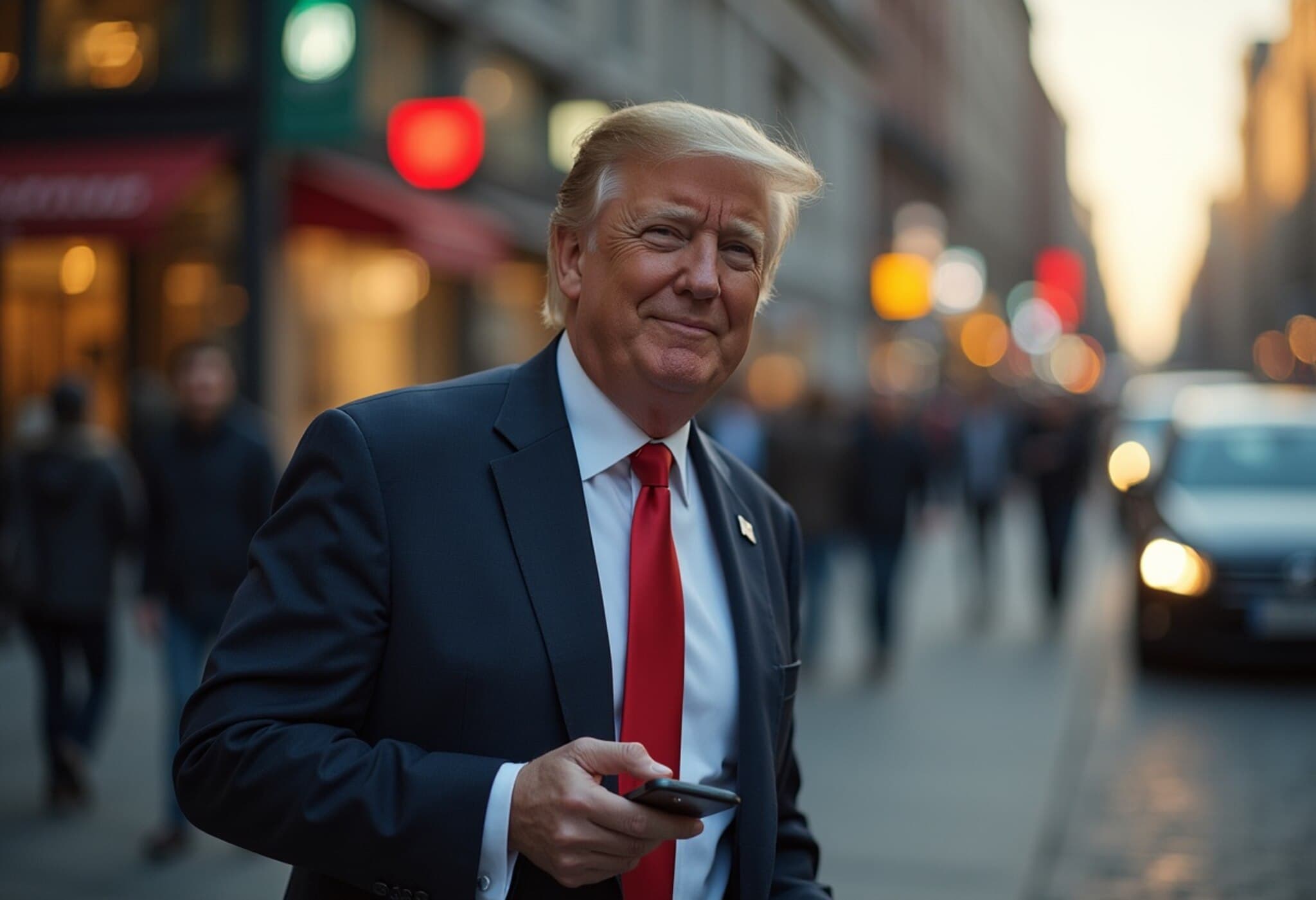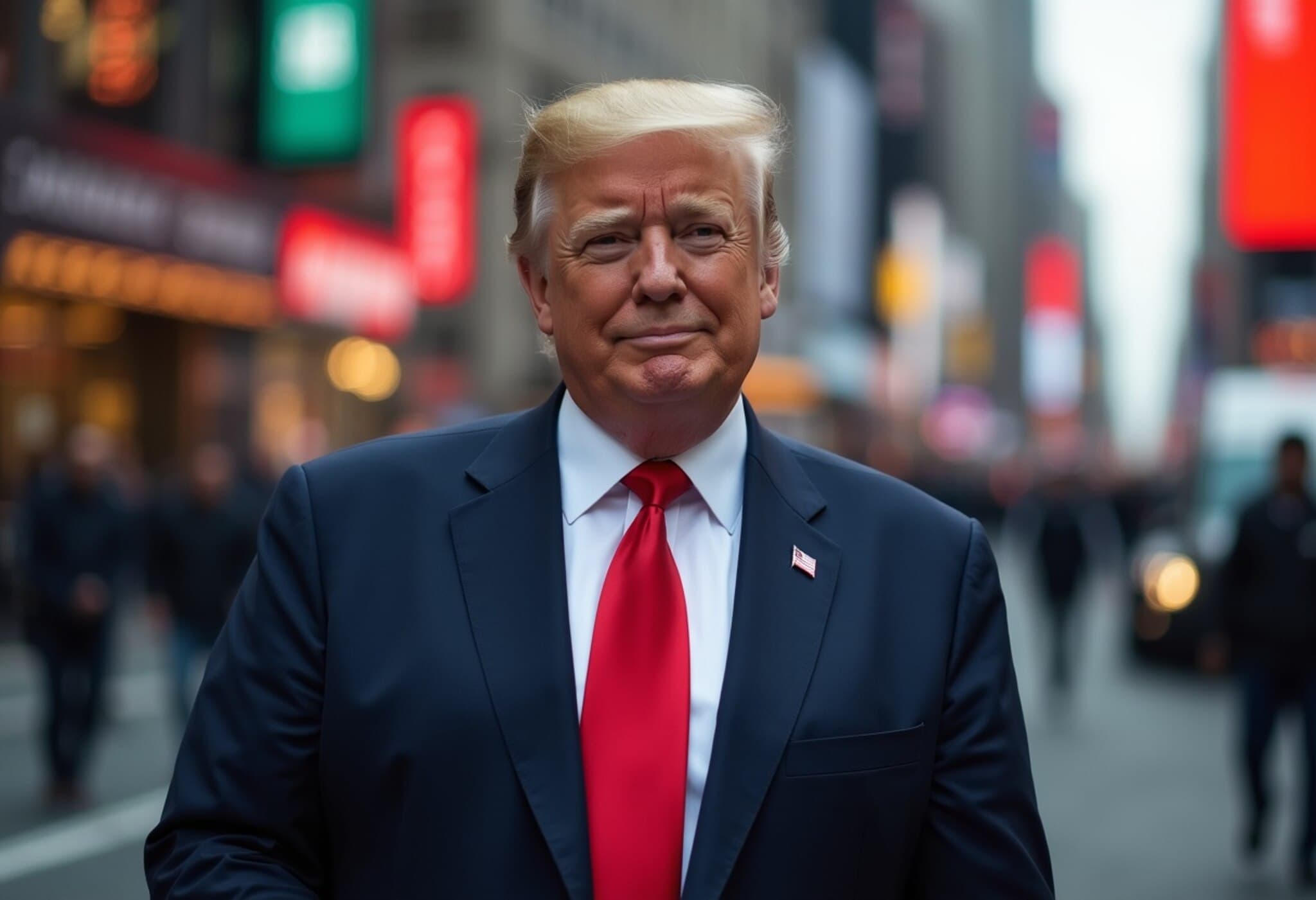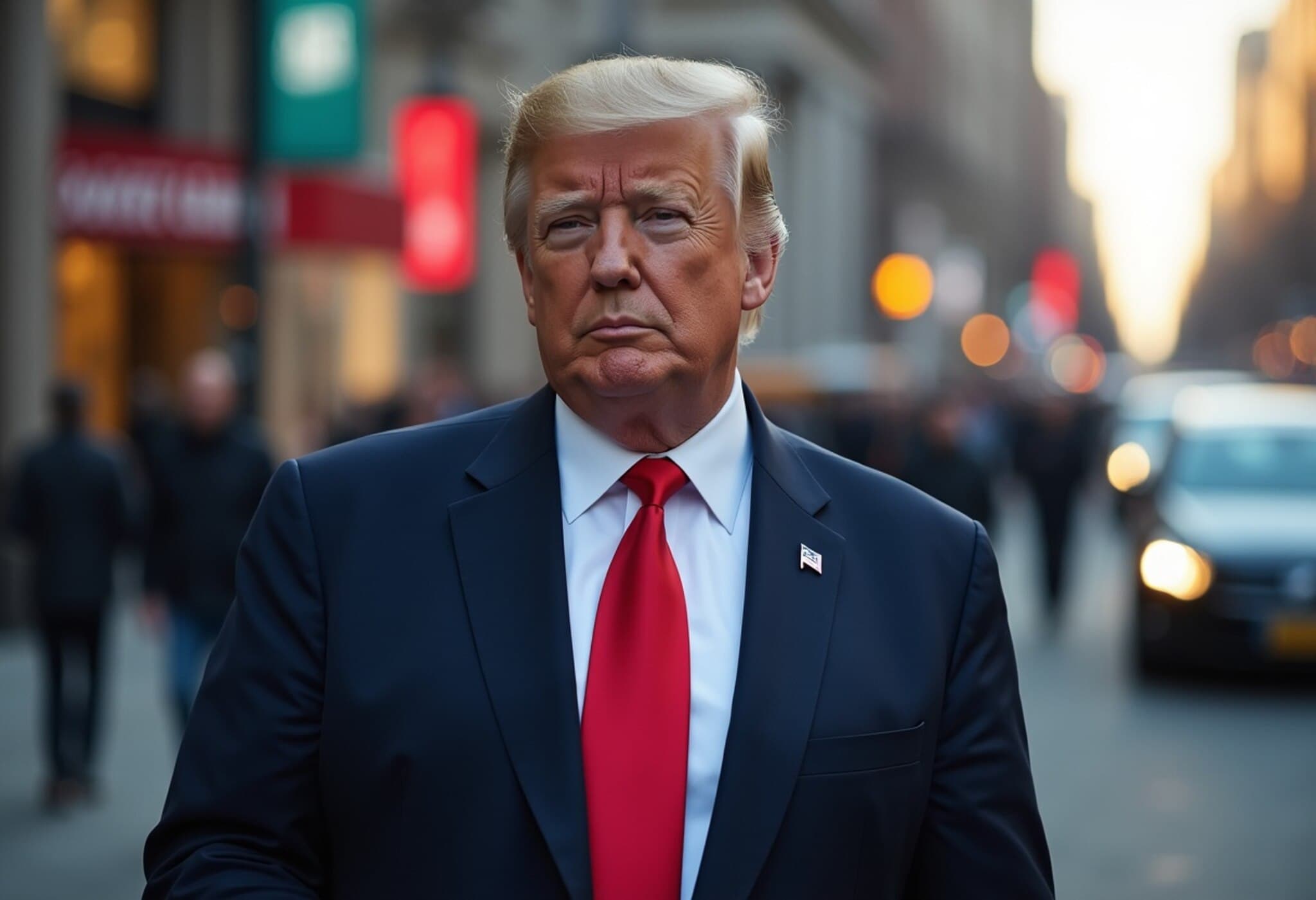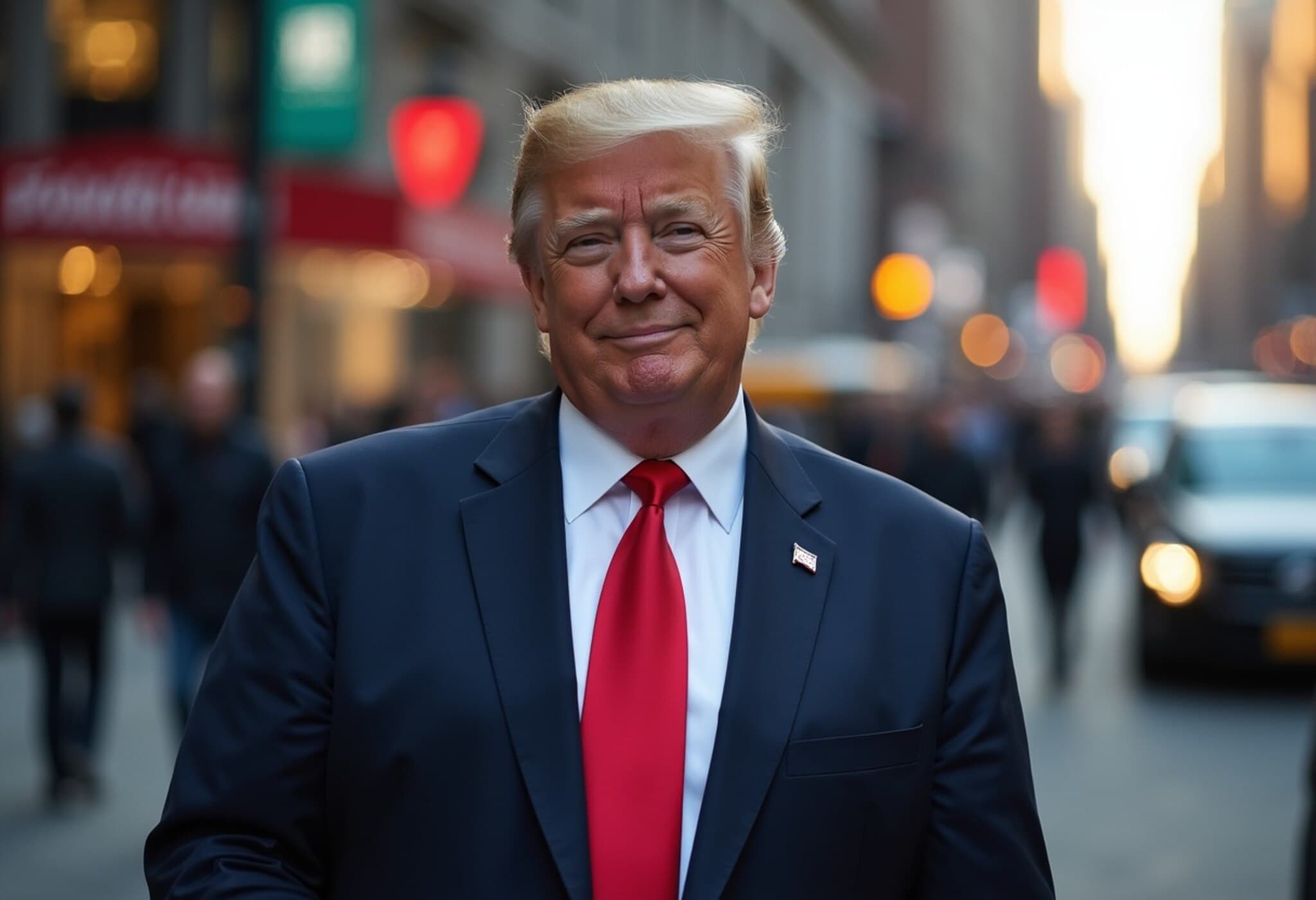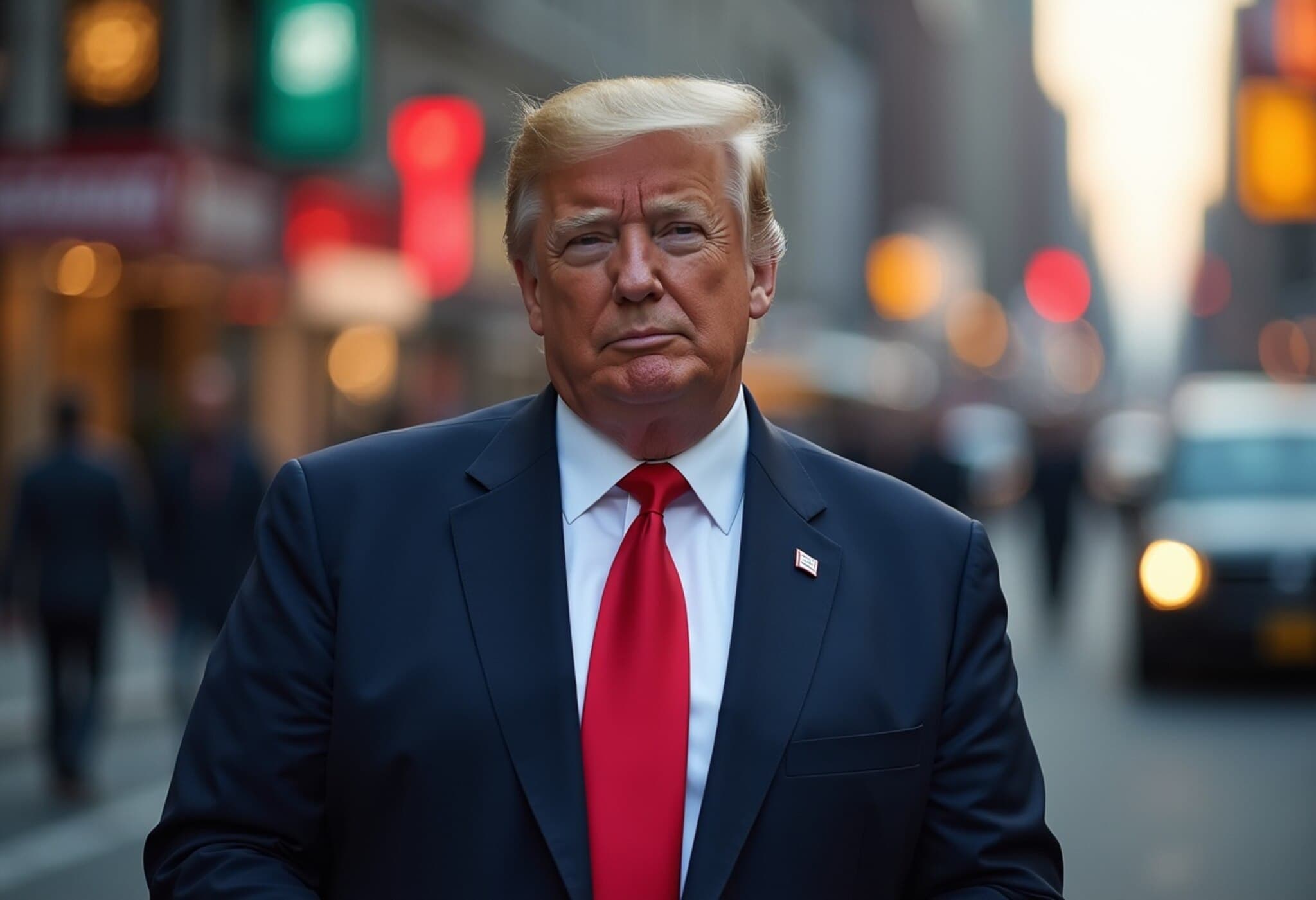Trump’s Tariffs Drive Gold Prices to Three-Week Highs
In a fresh wave of market volatility, President Donald Trump’s imposition of 30% tariffs on key trade partners—the European Union and Mexico—has sent waves through financial markets, reigniting a sharp rally in gold prices. Spot gold surged to $3,350.69 per ounce as of Monday evening, marking a climb above a three-week high and reflecting investor appetite for safety in uncertain times.
Why Gold Is Outshining Other Assets in 2025
Since January, gold has surged approximately 28%, vastly outperforming the broader S&P 500, which rose only 6.58%, and the 10-year U.S. Treasury yields, which fell by 13.4 basis points. This divergence underscores gold’s reemerging role as a refuge amid geopolitical and economic uncertainty spurred by on-again, off-again tariff rhetoric.
According to Alonso Munoz, Chief Investment Officer at Hamilton Capital Partners, "Gold has acted as a more effective hedge compared to U.S. Treasuries, which have exhibited notable yield volatility. Investors flock to gold during periods of intense risk – a trend that has only accelerated in 2025.”
Investor Sentiment and Market Dynamics
Investors witnessed gold's resilience during Q1 and Q2, where volatile markets challenged traditional safe havens. Munoz anticipates the upward momentum to persist as long as uncertainty persists, a view echoed by Chee Keong Koh, Head of Forex Strategy at WRISE. Koh expects spot gold prices to oscillate between $3,100 and $3,500 for the remainder of 2025, emphasizing gold’s critical role as both a store of value and portfolio diversifier.
Adding context, the World Gold Council recently revealed that 95% of surveyed global investors anticipate increased gold reserves by central banks within the next year, while 73% predict significant reductions in U.S. dollar holdings over the next five years. This potential shift away from dollar reliance highlights gold’s strategic importance amid evolving geopolitical landscapes.
Interest Rate Outlook and Inflation Expectations
Stefan Hofer, Chief Investment Strategist APAC at LGT Private Banking Asia, highlights the Federal Reserve’s likely interest rate cuts as a catalyst for pushing gold prices higher, forecasting a rise to $3,650 per ounce within twelve months—an almost 9% increase. Hofer pointedly rejects hyperbolic forecasts of gold soaring above $5,000 but notes even a 10% gain offers meaningful portfolio upside with modest allocations (~5%).
Practical Investment Strategies: Stocks, ETFs, and Physical Gold
For investors looking to capitalize on this rally, Koh recommends entering the market near the lower end of the expected range (~$3,100). Among his top stock picks are mining giants Barrick Gold and Newmont Corporation, both lauded for their robust earnings and strategic market foothold. ETFs such as the VanEck Gold Miners ETF and VanEck Junior Gold Miners ETF also offer compelling returns, with gains of nearly 55% and 60%, respectively, this year.
On the physical gold front, Munoz advises high-net-worth investors and family offices to favor direct ownership of gold bars as a tangible store of value that avoids the counterparty risks and annual fees associated with gold ETFs (which typically charge 0.1% to 0.4%). However, prospective buyers should weigh storage and security costs when considering physical holdings.
Is Gold Still the Ultimate Safe Haven?
While gold historically reigns as the quintessential safe haven, emerging perspectives challenge its monopoly. Will McDonough, CEO of Corestone Capital, argues that assets like copper—due to its extensive industrial applications—and digital assets like bitcoin are increasingly competing for safe-haven allocations. Bitcoin recently surpassed $120,000, underscoring its disruptive potential. Nonetheless, McDonough acknowledges the enduring appeal of physical gold and gold futures within diversified portfolios.
Understanding the Broader Implications
Gold’s ascent amid tariff-driven tensions is more than a fleeting market reaction—it reflects deeper concerns about global trade stability, currency diversification, and inflationary pressures. For American investors, this dynamic highlights the intersection of geopolitical policy and asset allocation strategies. With uncertainty looming, the old-adage remains relevant: in times of turmoil, gold speaks the language of security.
Editor’s Note
As markets navigate the unpredictable fallout from tariff escalations and shifting geopolitical alliances, gold remains a pivotal asset for risk-conscious investors. Yet, the evolving landscape—with challenges from cryptocurrencies and shifting currency reserves—raises critical questions: Will gold maintain its safe-haven throne? How should investors balance traditional assets versus emerging alternatives? This nuanced context urges thoughtful portfolio diversification with an eye on both history and innovation.

